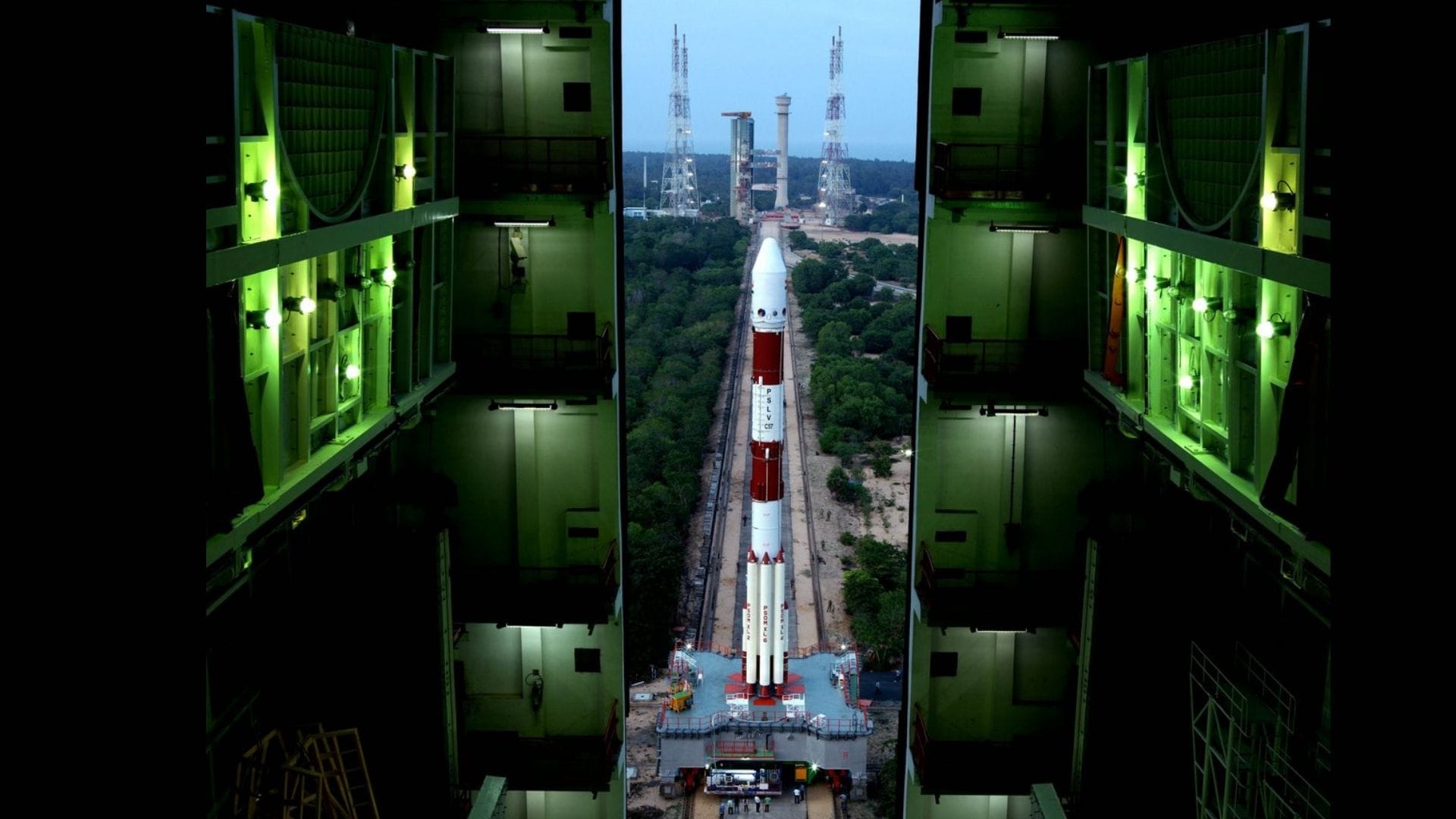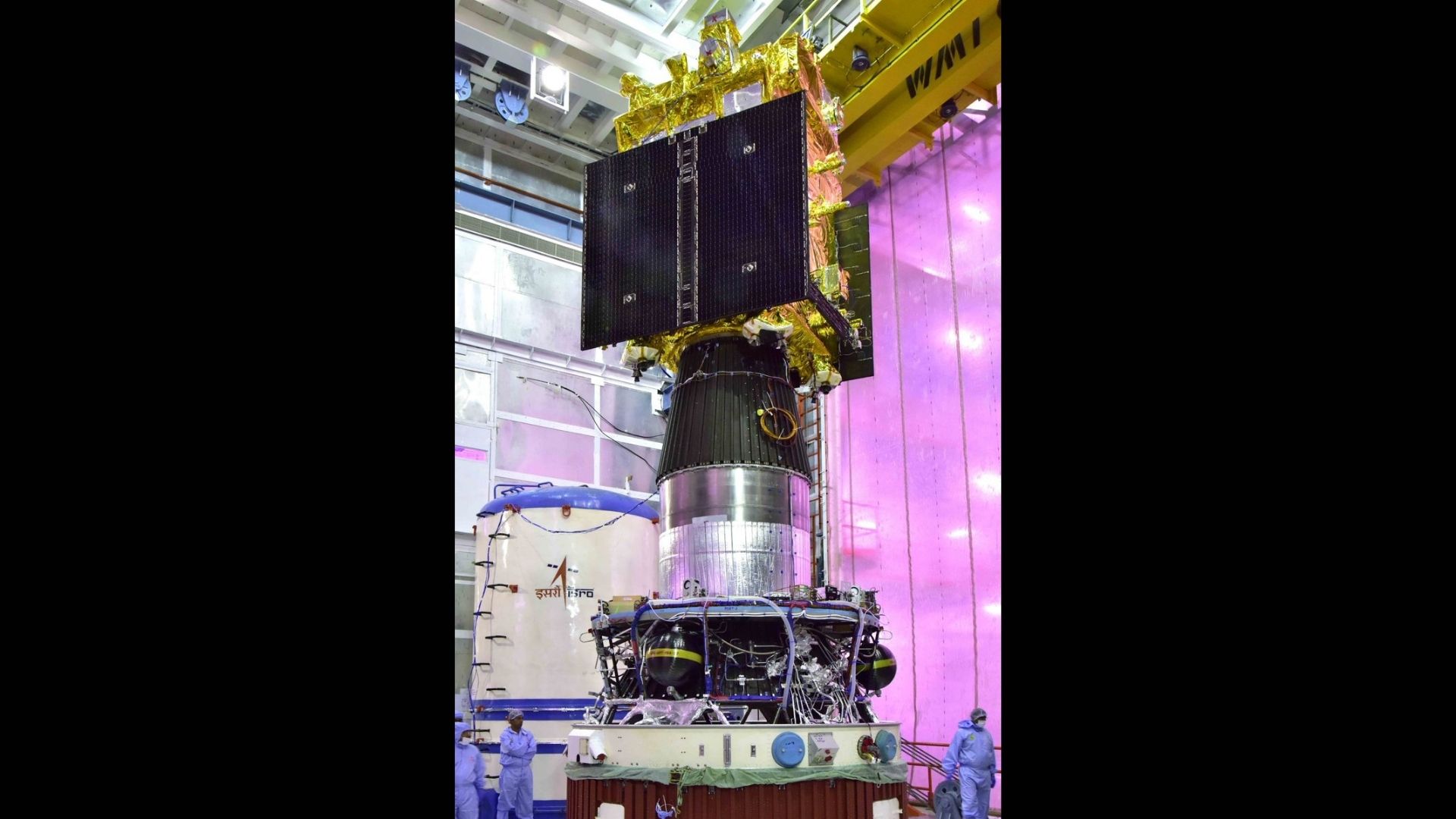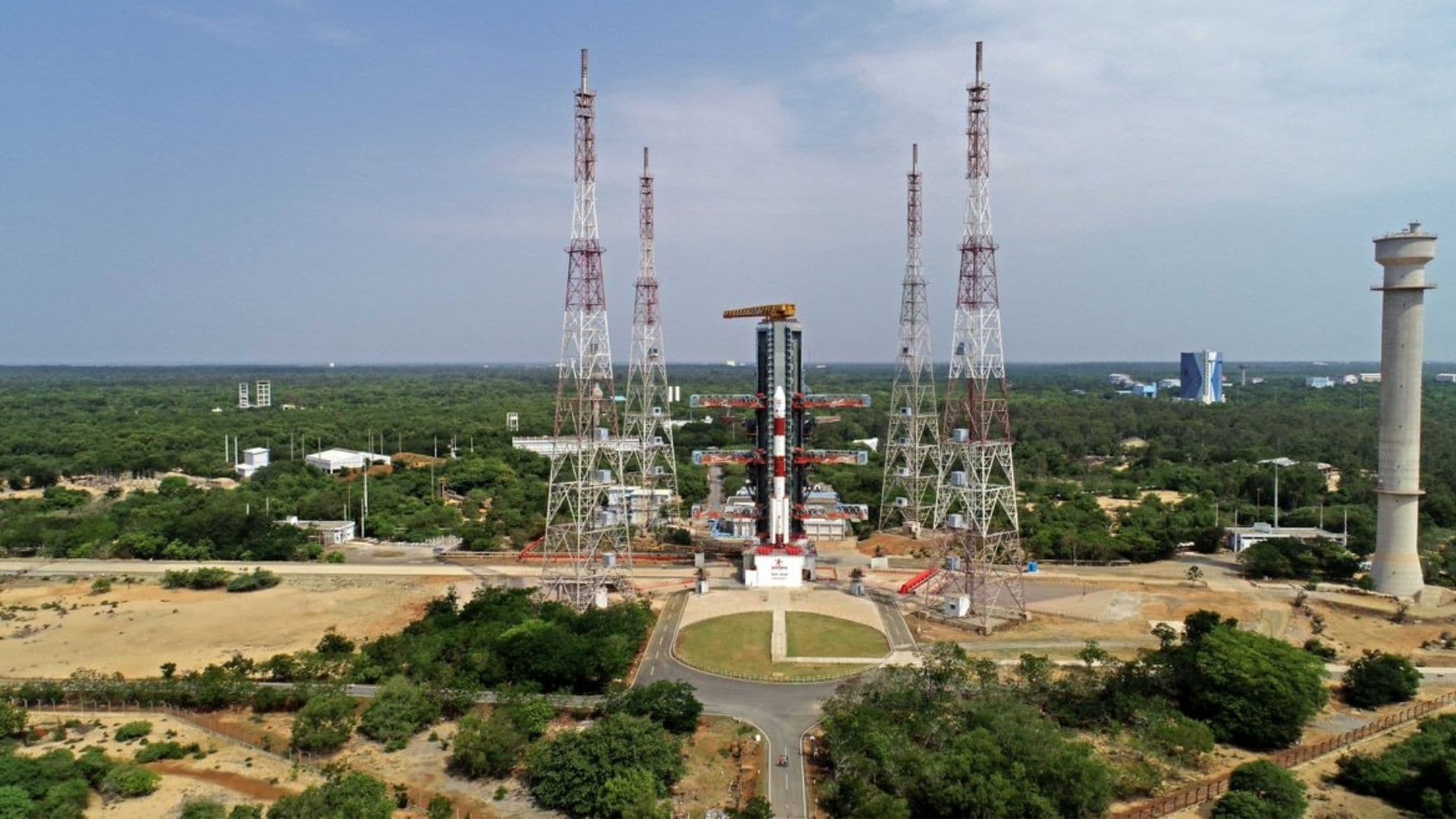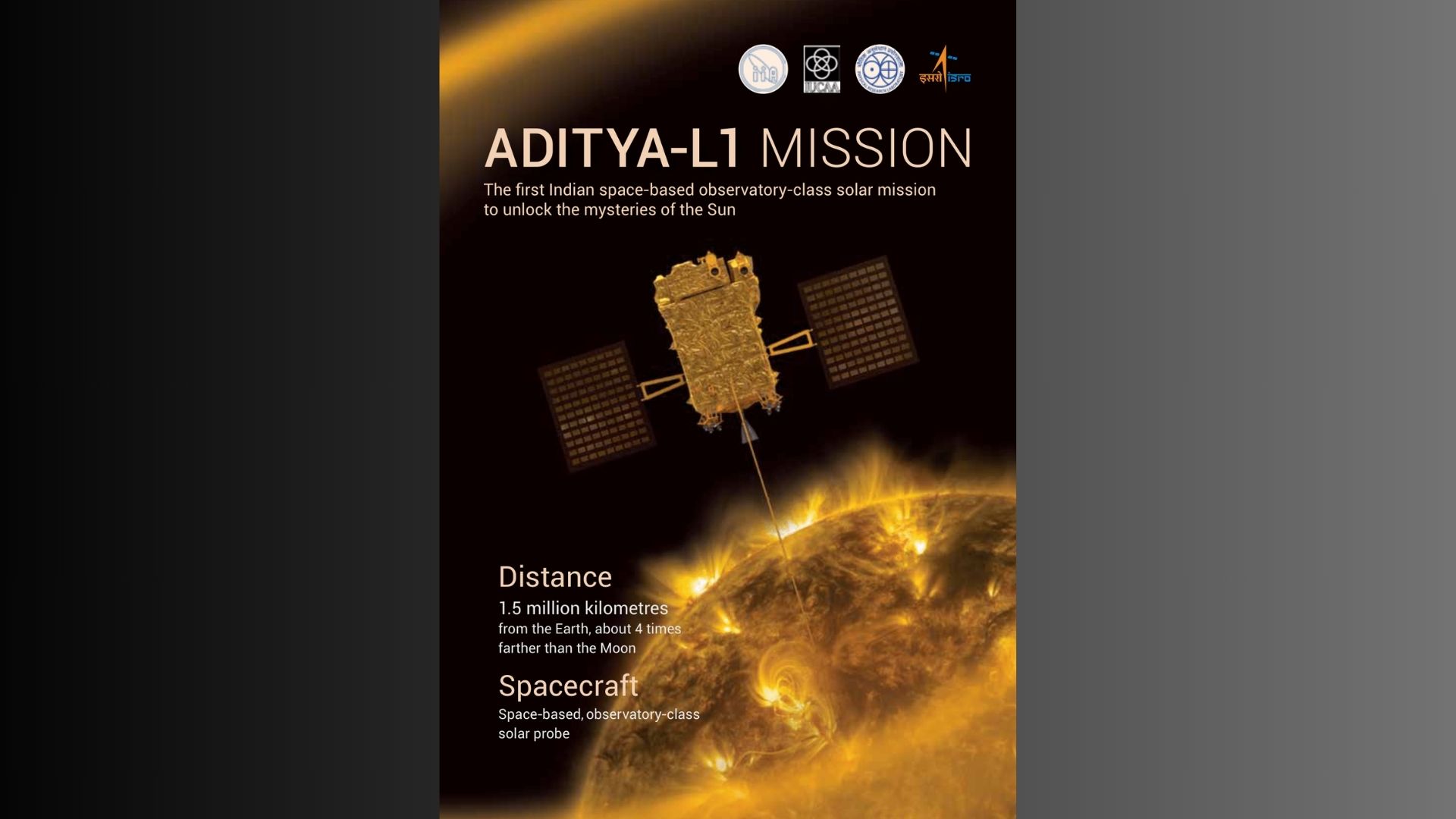Aditya-L1 solar mission achieves 3rd magnificent success for ISRO!
The Aditya L1 solar mission has achieved its 3rd magnificent success, marking a significant step in the ISRO mission to reveal the Sun's secrets.







 View all Images
View all ImagesIndia's pioneering space mission, Aditya L1, aimed at studying the Sun, has achieved another milestone with its third successful manoeuvre around Earth. The Indian Space Research Organisation (ISRO) reported that the operation took place in the early hours of Sunday and was conducted by the Telemetry, Tracking, and Command Network (ISTRAC) based in Bengaluru.
Aditya L1's Ongoing Success
According to the PTI report, this critical Earth-bound manoeuvre (EBN#3) altered the spacecraft's orbit, positioning it at 296 km x 71,767 km. The next manoeuvre is scheduled for September 15, around 2 am.
Aditya-L1 is a groundbreaking Indian space observatory designed to study the Sun from a unique vantage point known as the first Sun-Earth Lagrangian point (L1), situated approximately 1.5 million km from Earth.
Successful Steps Toward L1
Previously, the mission successfully executed its first and second Earth-bound manoeuvres on September 3 and 5, respectively. One more Earth-bound orbital manoeuvre is planned before the spacecraft begins its journey to L1.
These manoeuvres are vital as they help the spacecraft gain the necessary velocity during its 16-day journey around Earth before heading to L1.
Aditya-L1 was launched aboard ISRO's Polar Satellite Launch Vehicle (PSLV-C57) on September 2 from the Satish Dhawan Space Centre in Sriharikota. It is expected to reach its intended L1 orbit after about 127 days.
Uninterrupted Sun Observation
This unique orbit allows the spacecraft to continuously observe the Sun without any interruptions, providing real-time data on solar activities and their impact on space weather.
Aditya-L1 carries seven scientific instruments developed by ISRO and national research laboratories. These instruments will observe various layers of the Sun and gather data using electromagnetic, particle, and magnetic field detectors.
Four of the instruments will directly observe the Sun, while the remaining three will conduct in-situ studies of particles and fields at Lagrange point L1, providing essential insights into solar dynamics in the interplanetary medium.
Solar Mysteries
The data collected by Aditya L1's instruments will contribute significantly to understanding phenomena such as coronal heating, coronal mass ejections, flare activities, space weather dynamics, and particle propagation.
In space exploration, Lagrange points are areas where small objects can maintain a stable position with minimal fuel consumption, thanks to a balance between the gravitational forces of the Sun and Earth. Aditya L1's mission to L1 is a pioneering step in solar research, promising a wealth of scientific discoveries about our Sun.
Catch all the Latest Tech News, Mobile News, Laptop News, Gaming news, Wearables News , How To News, also keep up with us on Whatsapp channel,Twitter, Facebook, Google News, and Instagram. For our latest videos, subscribe to our YouTube channel.


























